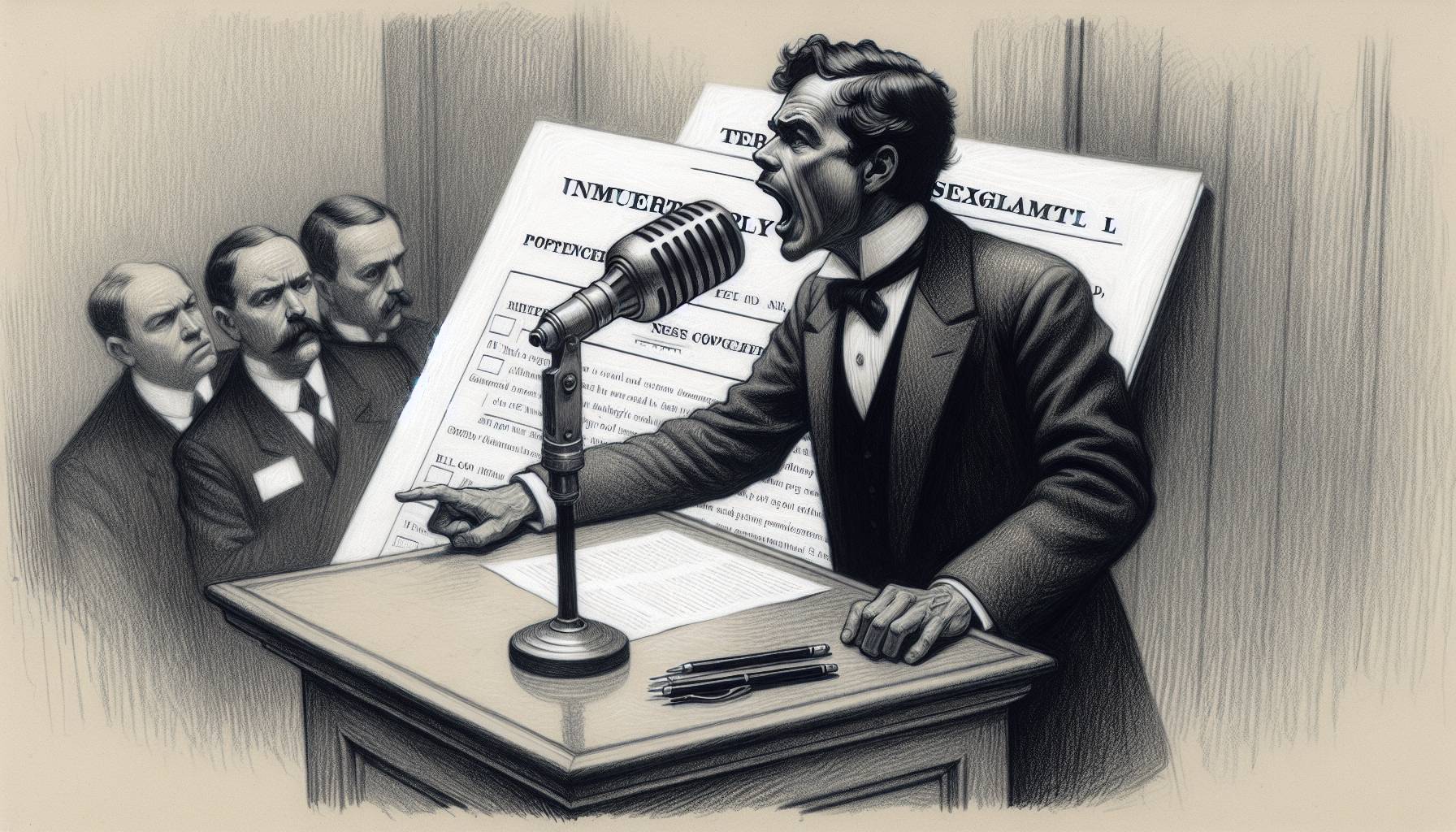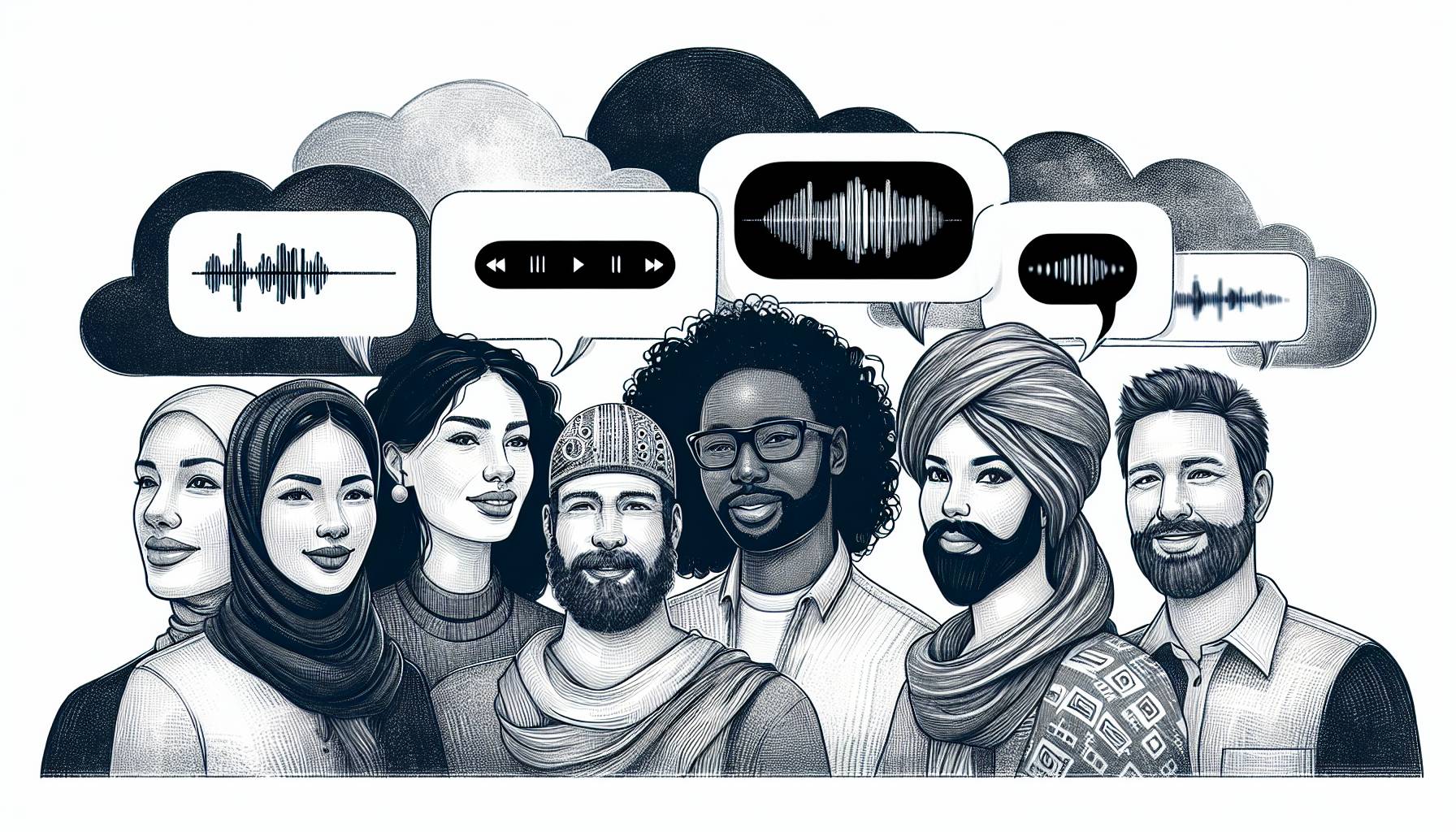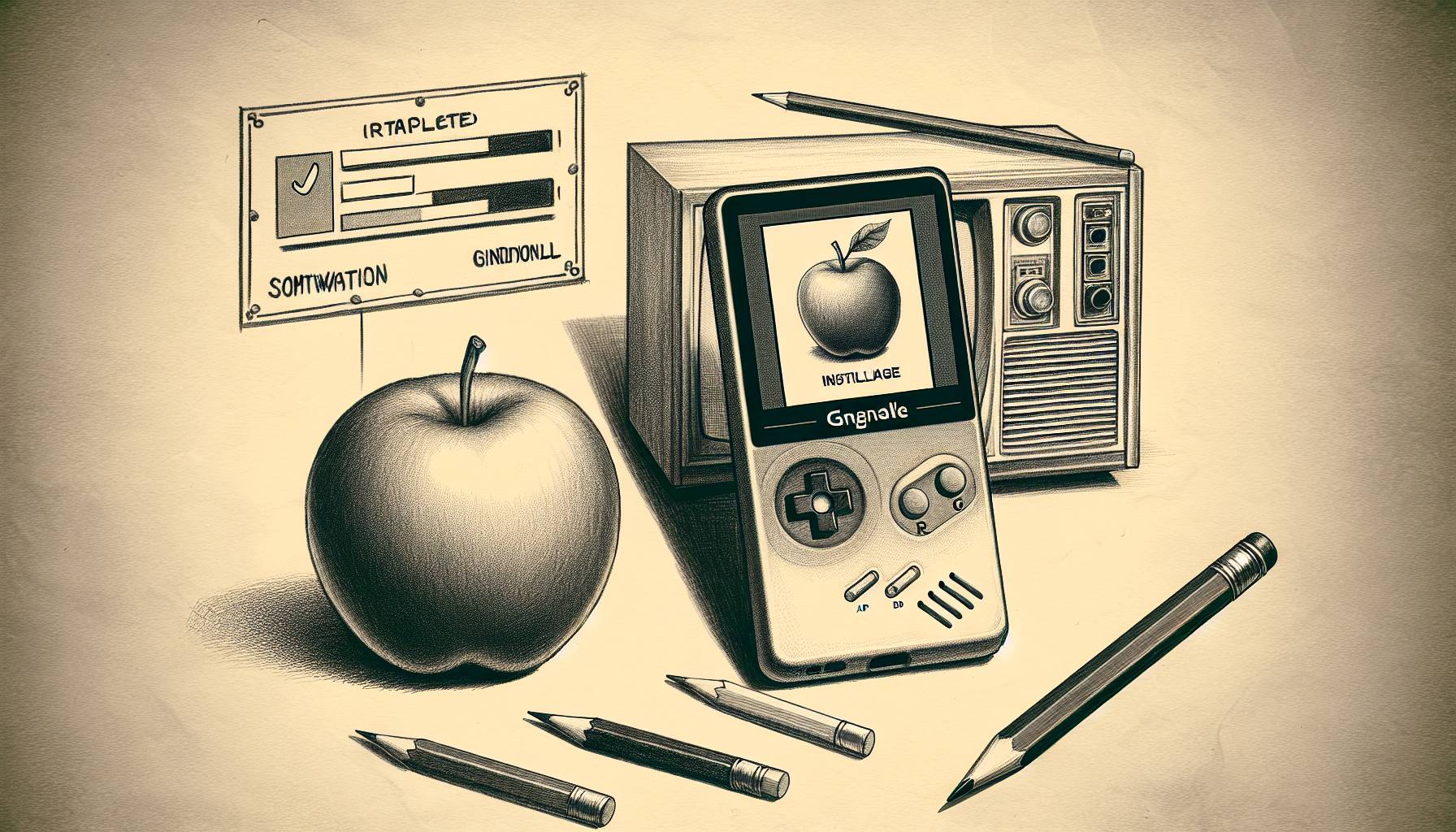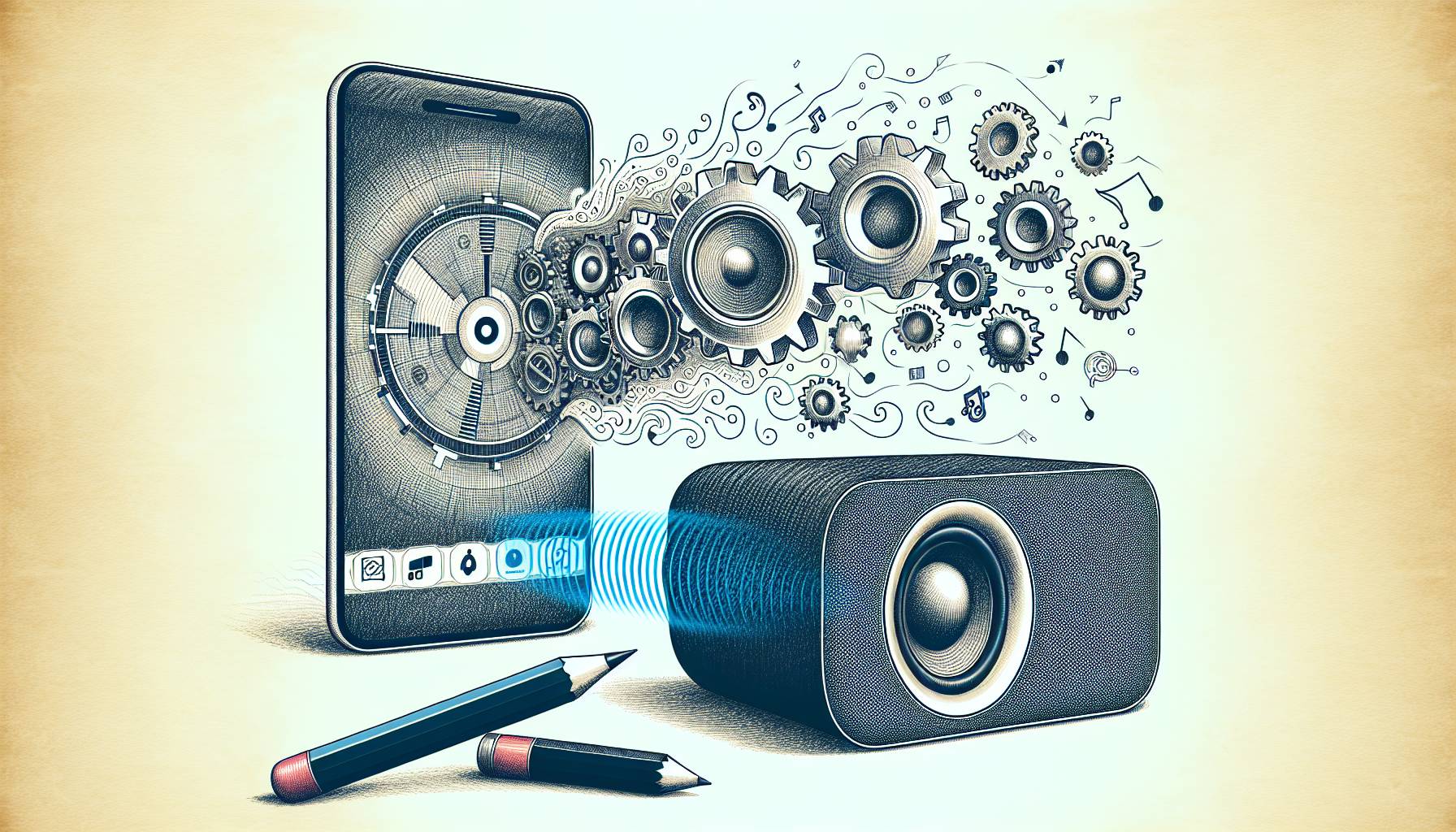If we are buying so many smartphones these days, why is the phone industry smarting so much?
Just after the mid-point of 2010, a year marked by the re-emergence of Motorola (MOT) and design savvy of HTC (2498.TW), we are witnessing notable hardware departures from Microsoft (MSFT) and, gasp, Google (GOOG). Even Apple (AAPL), which continues to set the smartphone pace, is licking its wounds from the enormous amount of unfavorable press surrounding the iPhone 4’s faulty antenna design.
So while so much has gone right in smartphone development — sales are expected to continue to rise rapidly — there is much carnage in the marketplace.
Five failed signals
— After only a few months on the market and backed by a significant marketing campaign, Microsoft pulled the largely well-reviewed Kin 1 and Kin 2 from the market.
— Last week, Google said it will stop selling the Nexus One phone, the search giant’s much-hyped foray into selling a branded phone of its own.
— We almost said goodbye to the Palm product line-up until HP came in with a $1 billion lifeline to salvage that platform.
— BlackBerry sales continue to slide as its once must-have phones are failing to keep pace with fresh approaches from Apple and Android.
— Nokia (NOK), the world’s leading mobile phone maker, is a non-factor in the smartphone race. Its much-heralded new product, the N8, is delayed.
— Apple, of course, needed to put a band aid on the black eye that surrounds the iPhone 4.
Interestingly, there’s a common denominator among these failures and hiccups. The products — save for the missing Nokia N8 — are innovative.
Verizon the problem for Microsoft
Microsoft’s two Kin models were intended as social networking phones for teens and 20-somethings. Inspired by the success of the similar T-Mobile Sidekick, Microsoft was not wrong in its approach or execution. Indeed, the phone got raves from top reviewers like the New York Times David Pogue, who wrote that “Microsoft had three genuinely great ideas” with the Kin.
So what went wrong? Well, changing Microsoft’s perception into a hip and interesting company is not easy. More significantly, Microsoft picked the wrong wireless partner, Verizon (VZ). The nation’s top carrier did a lousy job of marketing the Kin phones for Microsoft, instead pushing customers toward smartphones such as the original Motorola Droid, which Verizon heavily markets. After the Kin was pulled, Microsoft employees who secretly shopped Verizon for smartphones reported that Verizon salespeople rarely mentioned the Kin as a worthy product.
If Microsoft had gone with T-Mobile, with its reputation as a hip carrier for younger people due to the Sidekick’s success, the story might have been different. At least it would have lasted longer.
Google still gains from Nexus One
The Nexus One drop, on the other hand, was not surprising. The fact that Google launched its own branded phone (made by HTC) in the first place was more unforeseen. Regardless, tech-savvy consumers and media pundits put heavy (and, in retrospect, unwarranted) expectations on an Android-based phone that competed against more established Android phones from Motorola, HTC and other manufacturers.
Now it’s clear that Google launched the Nexus One as a loss-leader of sorts, using it as a showcase for Android at a time when few other phone makers were stretching the capabilities of the mobile operating system. But Google didn’t really stretch those boundaries with the Nexus One either; rather, it hoped by slapping the Google name on a phone it would serve as a marketing tool for Android. That was the real plan, and it worked.
So when HTC and Motorola came out with great Android phones like the Evo, Incredible, and Droid X, Google quietly pulled the plug on the Nexus One.
Google vs. Apple is the real story
Of course, the reason for the troubles surrounding many phone makers and platforms is the battle between Apple and Google.
Apple has captured our imagination in what smartphones can do, something the traditional phone makers had not expressed as well prior to the iPhone’s launch three years ago.
Sure, the BlackBerry (RIMM) sold very well and there was traction among Windows-based smartphones, but the iPhone was a unique product — not just a portable computer and not just an email device — that allowed for business and social activities to blend on the go. Apple’s success pushed Google into the mobile market, but the Nexus One illustrated that Google is a great software company but not a hardware firm. Hence, Google will continue to make deals with phone makers who can innovate — again, look at HTC and Motorola — within that framework.
The future for BlackBerry, Nokia and Palm
It is widely believed that Research in Motion, the maker of the BlackBerry phones, will introduce another touchscreen phone this fall. Also, and more significantly, RIM should unveil a new operating system better suited for touch-screen products and partnerships with third-party app developers. With sales slipping, RIM is dangerously close to losing its grip on business customers — its bread-and-butter clientele — as the iPhone and Android products have proven to be attractive for road warriors.
Nokia’s problems are more complex. In the wake of Apple’s success, Nokia launched its own version of the App Store — called Ovi — and encouraged developers to create apps. But the approach hasn’t worked well, particularly in the U.S., in large part because there are no compelling Nokia smartphones to lure customers.
As a result, Nokia faces two significant problems.
First, it needs a cool product. The phone maker once led with innovations like the N95, a fantastic media phone that was among the first to shoot high-quality video and take sharp pictures. I loved that phone. But that was launched at about the same time as the original iPhone in 2007, and was Nokia’s last great phone. A promising successor, the N8, offers cool features like a 12-megapixel camera and HD-quality video recording, but the launch has been delayed from the spring and it could arrive in October. The N8’s problem: Vlad Savov wrote in a June Engadget preview that “Nokia has put together a growling multimedia powerhouse, but the OS is so far from being fully baked we can still see the dough.”
Thus, Nokia’s second problem: leadership. According to a Tuesday Wall Street Journal story, Nokia is searching for a new CEO because its sales and stock price continue to fall. Also, it is looking at scrapping the Symbian platform for smartphones and is instead developing a new platform with Intel Corp., called MeeGo, to run its smartphones.
And then there is Palm, a story that will be developing for some time. The Palm Pre and Palm Pre Plus are well-regarded products, yet consumers are not buying. But instead of going out of business — a very real possibility — Palm was purchased by HP for about $1 billion. That’s a pricey number, but it gives HP (HPQ) a potentially sexy product in a smartphone market it has had trouble with (who owns an iPaq?) and Palm a realistic shot at staying in the game.
Hopefully, the purchase will work out better for HP than Microsoft’s and Google’s recent forays into the smartphone space. Otherwise, expect more carnage in a market that, as it grows, eats its competition.












